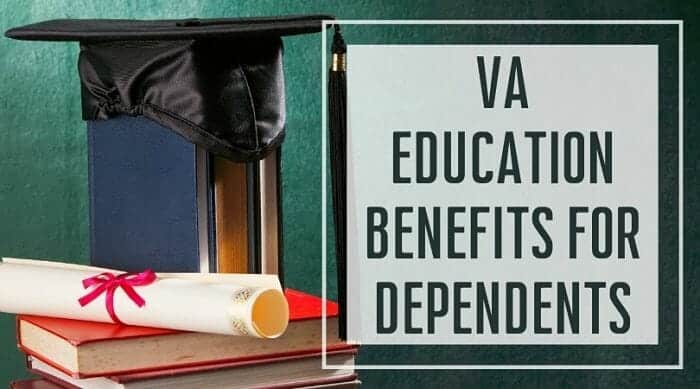GI Bill STEM Extension
Updated: December 24, 2022
The Department of Veterans Affairs offers the Forever GI Bill STEM extension to encourage veterans to pursue fields that may require more resources than 36 months of Post-9/11 GI Bill assistance.
As a provision of the Colmery Veterans Educational Assistance Act, which created the Forever GI Bill, the VA opened the Edith Nourse Rogers STEM Scholarship to veterans pursuing science, technology, engineering and math degrees on Aug. 1, 2019.
Students who have used up or nearly depleted the entirety of their Post-9/11 GI Bill benefits can apply for the scholarship. Each STEM extension scholarship provides up to nine additional months of education benefits or $30,000, according to the VA.
The Forever GI Bill STEM extension helps veterans avoid debt related to extra coursework specific to their STEM degrees, such as an extra year to finish their degree requirements.
STEM Scholarship Eligibility Requirements
Veterans and Fry scholars can apply for the STEM extension if they have exhausted their GI Bill benefits or expect to exhaust them within six months of their application, according to the VA.
To apply for the scholarship, veterans must already have at least 60 standard semester (or 90 quarter) credit hours toward a qualifying post-secondary STEM degree.
Eligible STEM degree programs must require more than 120 semester (or 180 quarter) credit hours to graduate.
Eligible Programs
You must be enrolled in one of the following programs to be eligible to apply for the STEM scholarship, according to the VA:
- Agriculture science program or a natural resources science
- Biological or biomedical science
- Computer and information science and support services
- Engineering
- Engineering technologies or an engineering-related field
- Health profession or related program
- Mathematics or statistics
- Medical residency program
- Physical science
- Science technologies or technicians
- Other subjects and fields identified by the secretary as meeting national needs
STEM Teaching Certification GI Bill Extension
A veteran who has already earned a post-secondary degree in a qualifying STEM field may use the GI Bill STEM extension toward a qualifying education program that leads to a teaching certification, according to the VA.
STEM Scholarship Priority
The GI Bill STEM extension awards up to nine additional months (up to $30,000) of benefits to eligible students, but the VA caps its total benefit availability by year.
The VA committed to spending a maximum of $75 million in annual STEM extension benefits from 2020 to 2022, according to the Harry W. Colmery Veterans Educational Assistance Act.
The VA said it will award a maximum of $100 million in aggregate STEM extension benefits each year, beginning in 2023.
The VA prioritizes benefit awards for:
- Veterans who are entitled to 100% of their Post-9/11 GI Bill benefits
- Veterans in STEM degree programs with the highest credit hour requirements
STEM Scholarship Additional Details
- Individuals receiving STEM extension benefits may still receive college or university benefits, including scholarships and grants.
- Veterans may not use Yellow Ribbon benefits in conjunction with a STEM scholarship.
- Veterans may participate in work-study programs while receiving STEM extension benefits.
- Spouses, children and other dependents are ineligible for the STEM extension. Veterans may not transfer their STEM extension benefits to their dependents.
- Veterans who already have STEM degrees can use the extension benefit to pursue STEM teaching certifications from accredited institutions.
The Woman Behind the Scholarship Name: Edith Nourse Rogers
The Forever GI Bill STEM Scholarship is named after Rep. Edith Nourse (R – Mass.). One of the longest-serving women in the House of Representatives, Nourse served from 1925 to 1961. She was a renowned advocate for veterans and authored the GI Bill of Rights and the bill that created the Women’s Army Corps, according to History, Art & Archives, a collaborative project between the Office of the Historian and the Clerk of the House’s Office of Art and Archives. She also chaired the Veterans’ Affairs Committee during the 80th and 83rd Congresses (1947-1949 and 1953-1955).



































































